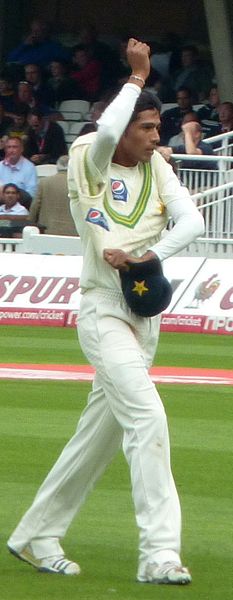How do spot-fixing happen?
The term fixing for cricket or other sports is nothing new. But in the past, this spot-fixing has at times tarnished the image of cricket called the Gentlemen's Game.
In such a situation, it is important to understand what this spot-fixing is and how different it is from match-fixing.
Sport-fixing or modern fixing
Fixing has the potential to change the decision of the entire match whereas during sport-fixing, any team or player rigging only the part of the match that is spot fixed. For example, a wide-no ball intentionally thrown over a ball of the over. Or deliberately robbed runs. Also, in sport-fixing a batsman does not make any runs in an over as the bookie says or the captain takes some decisions in the field which have already been 'fixed'.
How do sport-fixing happen?
For example. Suppose a team batting first in a T20 match scored 194 runs in 19 overs on the scoreboard. Obviously, it will not be a difficult task for this team to score 200 runs in the 20th over.Bookies take advantage of this thrill of the game. Bookies bet here whether the team playing will be able to score 200 runs. Most of the spectators watching the match on TV are betting to score 200 runs after watching the batting well on the field.
Then the bookies sitting ready to do sport-fixing send a message to the cricketers playing in the field that they do not have to score 6 or more runs in the last over and as a result the team batting does not cross the 199-run mark. Neither the result of the match is affected. Nor does anyone doubt and bookies earn profits.
How is match-fixing different from sport-fixing?
Match-fixing is very different from this. It involves rigging many players or sometimes deliberately losing the entire team. There have been many occasions in world cricket when many players in the fixing squads have shown 'synergy' and affected the outcome of the match.
Both of these forms of fixing have ruined the careers of many Indian players. While the careers of Sreesanth, Ankit Chavan, and Ankit Chandela ended in 2013, T Sudhindra, Shalabh Srivastava, Manish Mishra, Amit Yadav, and Abhinav Bali have also fallen prey to it.
On the other hand in 2000, the genie of fixing abolished Indian cricket. The then South African captain Hansie Cronje admitted to having a relationship with the bookie. Later, the Indian captain Mohammad Azharuddin, Ajay Jadeja, Nayan Mongia, Ajay Sharma, and Manoj Prabhakar were also stranded.




Post a Comment
If you have any doubts, please let me know